43 legal requirements for clothing labels uk
CE Mark Labeling Requirements | Joanne Dewberry Toys need to be CE marked and tested against the toy safety directive but there are no specific safety regs for bibs or baby clothing etc. dummy tags/clips have a set of standards to follow but don't need to be CE marked and tag blankets are a grey area some trading standards consider them a toy and others don't !". There was a stage when ... Your Guide To Garment Labeling Requirements For Clothing The United States and Europe apply the same labelling requirements for clothing for adults and children. However, the EU has very strict safety requirements for apparel that are made for children,...
Textile labelling - GOV.UK You must follow special rules if you manufacture, distribute or sell textiles. Labelling requirements The label must show the fibre content, including fur and other animal parts. If a product...

Legal requirements for clothing labels uk
Clothes shop legal issues | Business Law Donut Although there are no licensing requirements relating specifically to the retail sale of clothing and accessories there are certain other licences that you may need to get, depending on how your business operates. Playing music in the shop Textile Manufacturer UK | The Cotton Textile Company | Branding Sourcing (Fabrics, Trims and Labels) Sampling (Prototypes, Fit Samples, Preproduction Samples and Gold Seals) Testing (Colour Fastness and Stability Tests, Legal and Safety requirements) Production; Quality Control; Packaging (Garment Bags, Boxes, Header Cards and Belly Bands etc.) Delivery Laws on Clothing Label Requirements | Legal Beagle Labels on clothing products covered by the Textile and Wool Acts must disclose the fiber contents of the article in descending order of percentage, according to the FTC. Non-fibrous materials such as buttons and zippers do not have to be included. A five percent rule is applied for fibers without functional significance to the garment.
Legal requirements for clothing labels uk. The Textile Products (Labelling and Fibre ... - Legislation.gov.uk The Textile Products (Labelling and Fibre Composition) Regulations 2012. Made. 17th April 2012. Laid before Parliament. 18th April 2012. Coming into force. 8th May 2012. The Secretary of State is a Minister designated for the purposes of section 2 (2) of the European Communities Act 1972 in relation to measures relating to consumer protection ... Label - Wikipedia Labels have many uses, including promotion and providing information on a product's origin, manufacturer (e.g., brand name), use, safety, shelf-life and disposal, some or all of which may be governed by legislation such as that for food in the UK or United States. Brexit Labelling Guidance - Food and Product Labels after Brexit New Rules for Labelling are here. Legal requirements for labels and stickers have changed as a result of the UK's departure from the European Union and the new free trade agreement. Some changes must be made immediately, while others are being phased in over time. Crown Labels are working hard to provide an overview of labelling updates to help ... Product labelling: the law - GOV.UK Rules for retailers If you're a retailer, you must display: the price of products - this must be in sterling (pounds and pence) and include VAT where applicable the price of a single item (the...
Clothes Captioning: Complying with the Care Labeling Rule Labeling Clothing. Attach labels so consumers can easily see or find them at the point of sale. If packaging gets in the way, place additional care information on the outside of the package or on a hang-tag attached to the product. Labels must be attached permanently and securely. Labels must be legible during the useful life of the product. Clothing manufacturer legal issues | Business Law Donut There are no licensing requirements which apply specifically to clothing manufacturers. You should be aware that businesses which keep computerised records of customers' details may be required to register as data users with the Information Commissioner's Office (ICO). You may also need to register if you use CCTV. EU - Labeling/Marking Requirements - International Trade Administration The dimensions of the label must not be less than a standard A8 sheet of paper (52 mm x 74 mm), and each symbol must cover at least one-tenth of the label's surface area. Member States may require their national language (s) to be used in the labeling of dangerous substances. Garment Labelling Requirements for Clothing (Full Guide) Jan 13, 2019 · For example, if your clothing is designed in the UK but manufactured in China, "Made in China" has to be clearly displayed. 3. Washing and Care Instructions. Care instructions are not a mandatory feature of clothing labels in the UK, but they are highly recommended to assist the customer in prolonging the life of the garment.
Labelling & Safety Laws for the Handmade Business LABELLING LAWS. Even if you handcraft your items, you are required by law to put a label on them when you sell them. The neccessary information that needs to go on your label will depend on the laws in your country. CANADA - Textile labels are required to have the company name, where the item is made, the textile content in french and english ... Private Label Clothing Manufacturers | Zega Apparel Custom woven label gives a more elegant touch to the clothing for private label manufacturers. At Zega Apparel, minimum production is 500 woven labels, we make woven labels and stitch them to your garments without charging any extra cost for stitching. You can attach these labels to your apparel, on your neck, or anywhere you wish to. Get a Quote Labelling of textiles - London Borough of Bromley This guidance is for England, Scotland and Wales The Textile Products (Labelling and Fibre Composition) Regulations 2012 require all textile products to carry a label indicating the fibre content.... Clothing and Textiles Regulations in the European Union: A Complete Guide The GPSD outlines several requirements for importers, manufacturers, or distributors selling their products in the EU, including the following: Creation and backup of the Risk Assessment Report Creation of the Technical File Provide traceability label Obtain test reports (if applicable) Creation of the user manual for the products (if applicable)
Ultimate Guide to the Legal Requirements of T-Shirt Relabeling Products covered by the Textile and Wool Acts must be labeled to show the country of origin. Imported products must identify the country where the products were processed or manufactured. Products made entirely in the U.S. of materials also made in the U.S. must be labeled "Made in U.S.A." or an equivalent phrase.
Laws on clothing label requirements | eHow UK The information required on clothing labels is governed under two separate laws established by the Federal Trade Commission (FTC). The Textile and Wool Acts require that labels contain three pieces of information pertaining to the garment: fibre content, country of origin, and manufacturer, importer or dealer.
Are Care Labels a Legal Requirement? - Business Services Week UK For such a small label, there are four areas of information that are required to be displayed: Fibre Content Mandatory for care labels in the UK, the fibre content of textiles must include information on the main fibre types used along with the percentages. The information must be easily understandable to the consumer, eg 80% wool, 20% cotton.
UKFT Garment Labelling Guidance: Get a GINETEX care label licence to ... The basis of these Regulations is that the label must include information on the main fibre types used and their percentages - for example wool 80%, cotton 20%. The information given must be understandable by a consumer in the market in to which you are selling. It is not sufficient just to use English if you are exporting to the EU.
Textile Labelling 2021 UK Guidance - Brexit Information Manufacturers and retailers will be responsible for complying with the labelling requirements. If you know that you will be placing textile products on the UK market from 1 January 2021, you should check the presence and accuracy of the labels. Applying for a new textile name or manufacturing tolerance
European Union Product Labeling Requirements: A Complete Guide Clothing and other products containing a minimum of 80% by weight of textile fibers must be labeled with the correct fiber composition (e.g. 100% Cotton or 100% Polyester). Further, the label must be permanent, which means it must either be attached to the clothing item or printed. A sticker is not enough. Product Examples T-shirts Underwear
Laws for Selling Handmade Clothing & Accessories - Made Urban LABELING REQUIREMENTS: 1) Fibre Content 2) Dealer Identity 3) Form of Label 4) Application of Label 5) Addition Information 1) FIBRE CONTENT Fibre content must be shown by its proper name and mass amount on the labels. For more details on any area covered here, you can read over the fibre content section of the Competition Bureau's guide. FIBRE
Product Labeling Regulations in the US, EU and Australia A label can, for example, inform the customer about the following: The manufacturing country; If the product meets certain legal safety requirements (i.e., compliance marks) Size, material and other general product information; Warning labels and user instructions; Some labeling requirements apply to all, or a wide range of, product categories.
Clothing Labels and the Law (UK & EU) - GB Labels ... Oct 02, 2020 · Fibre Content. In the EU and the UK, manufacturers are legally required to state what textiles a garment is made out of. You must give an exact percentage of any material that comprises more than 15% of the total weight of the product, and every material must be listed on the label.
Hallmark Labels and Print | Clothing Label Suppliers ... We have remained a leading supplier of garment labels to the clothing and retail sector since 1990. As such, our experienced team of label manufacturers understands the importance of your brand image, and how important it is to make a fantastic impression on not only your customers, but on your peers and competitors too.
Product Labeling Requirements in Australia: An Overview Apr 27, 2020 · The Consumer Protection Notice No. 25 of 2010 set mandatory requirements for care labeling of clothing and apparel, referring to the Standard AS/NZS 1957:1998 and AS 2622:2019 on care labeling requirement for textiles. This mandatory standard is applicable to apparels made of the following materials: Clothing; Home textiles; Suede skins ...
Labelling of textiles | Business Companion Note: although the United Kingdom has left the European Union (EU), certain pieces of legislation (formally known as 'retained EU law') will still apply until such time as they are replaced by new UK legislation; this means that you will still see references to EU regulations in our guidance. This guidance is for England, Scotland and Wales. The Textile Products (Labelling and Fibre ...
Your guide to Care Labels for your garments If the garment does meet this standard, the label requires KEEP AWAY FROM FIRE to be clearly displayed on the label in an Arial font at least pt.10 in size in capital letters and in bold AND red.
Textile Label - Your Europe Every textile product must be labelled or marked to show its fibre composition whenever the product is marketed in the EU. These labels must be firmly attached to the product, for example, sewn in. This requirement concerns all products made up of at least 80% of textile fibres, calculated by weight, such as: clothing furniture coverings
Laws on Clothing Label Requirements | Legal Beagle Labels on clothing products covered by the Textile and Wool Acts must disclose the fiber contents of the article in descending order of percentage, according to the FTC. Non-fibrous materials such as buttons and zippers do not have to be included. A five percent rule is applied for fibers without functional significance to the garment.
Textile Manufacturer UK | The Cotton Textile Company | Branding Sourcing (Fabrics, Trims and Labels) Sampling (Prototypes, Fit Samples, Preproduction Samples and Gold Seals) Testing (Colour Fastness and Stability Tests, Legal and Safety requirements) Production; Quality Control; Packaging (Garment Bags, Boxes, Header Cards and Belly Bands etc.) Delivery
Clothes shop legal issues | Business Law Donut Although there are no licensing requirements relating specifically to the retail sale of clothing and accessories there are certain other licences that you may need to get, depending on how your business operates. Playing music in the shop

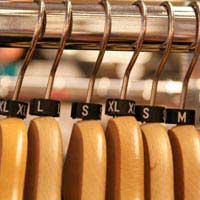
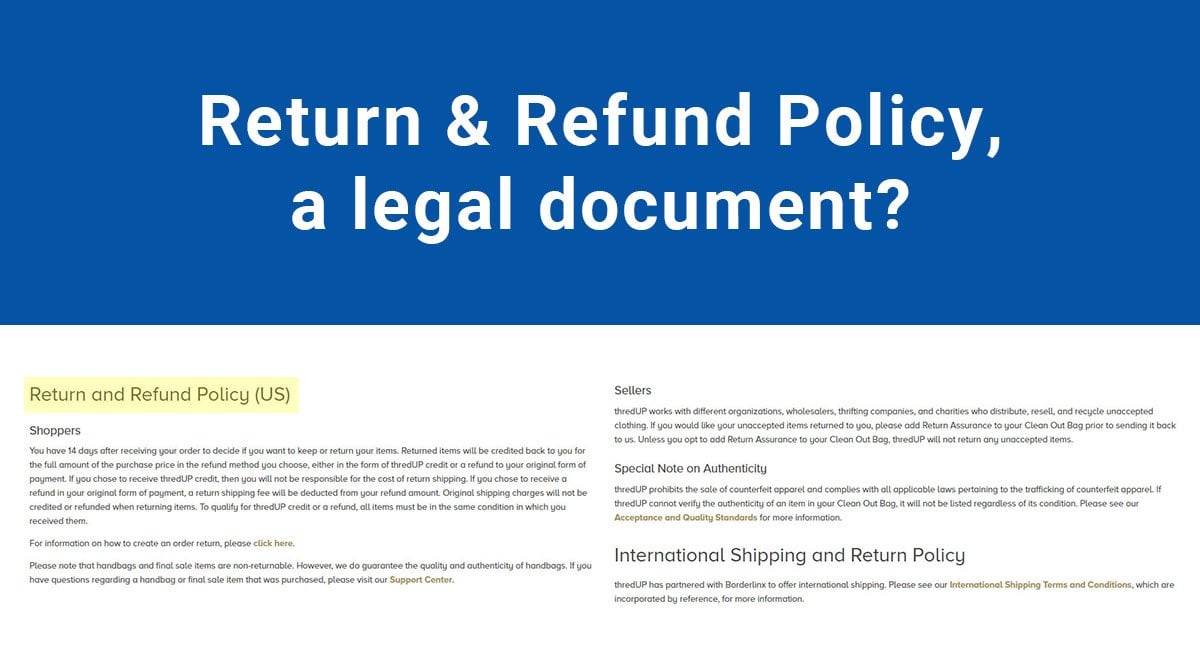




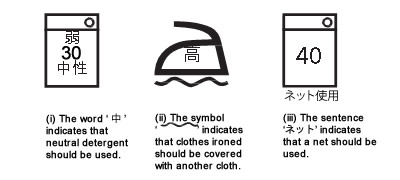

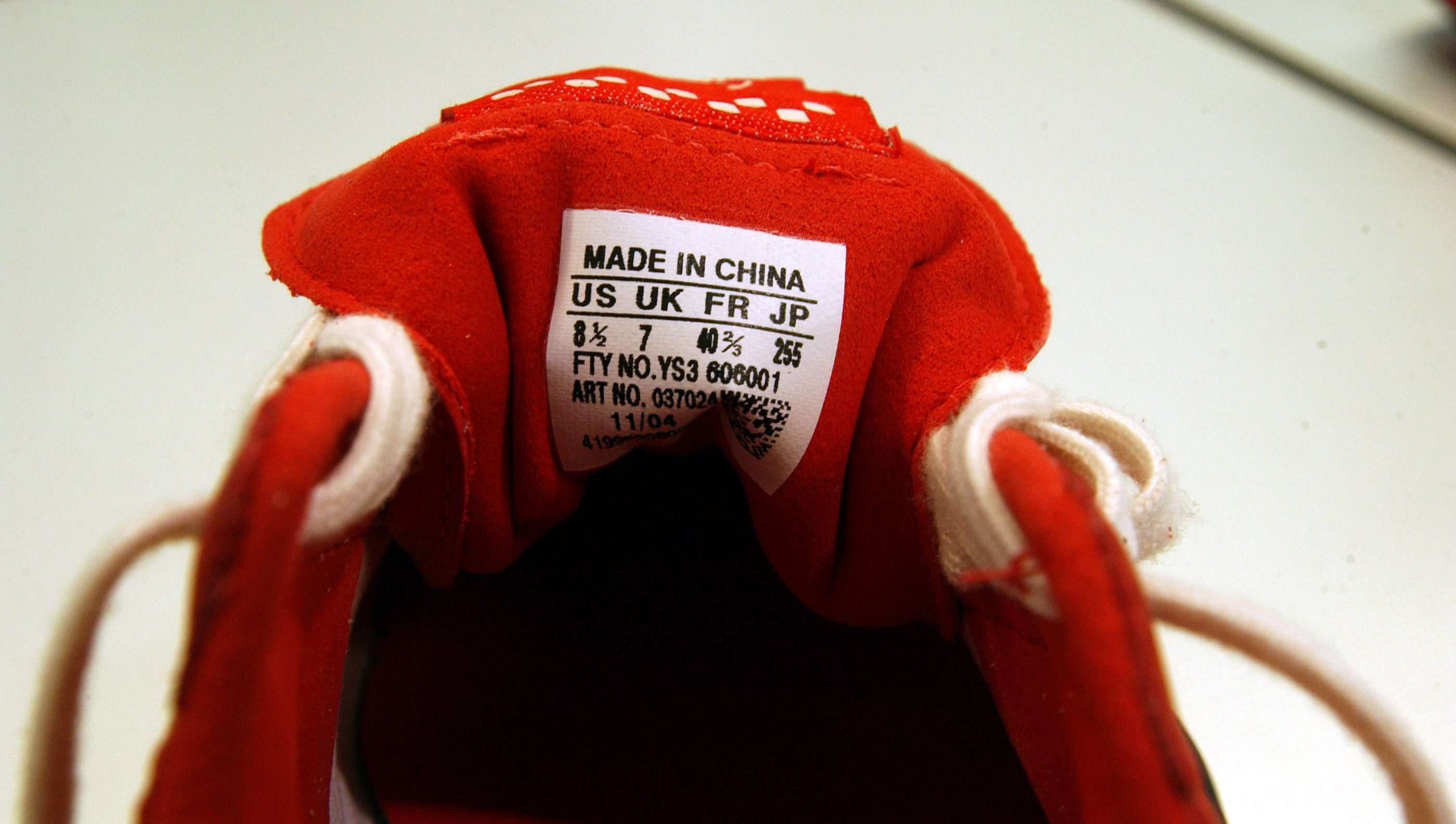
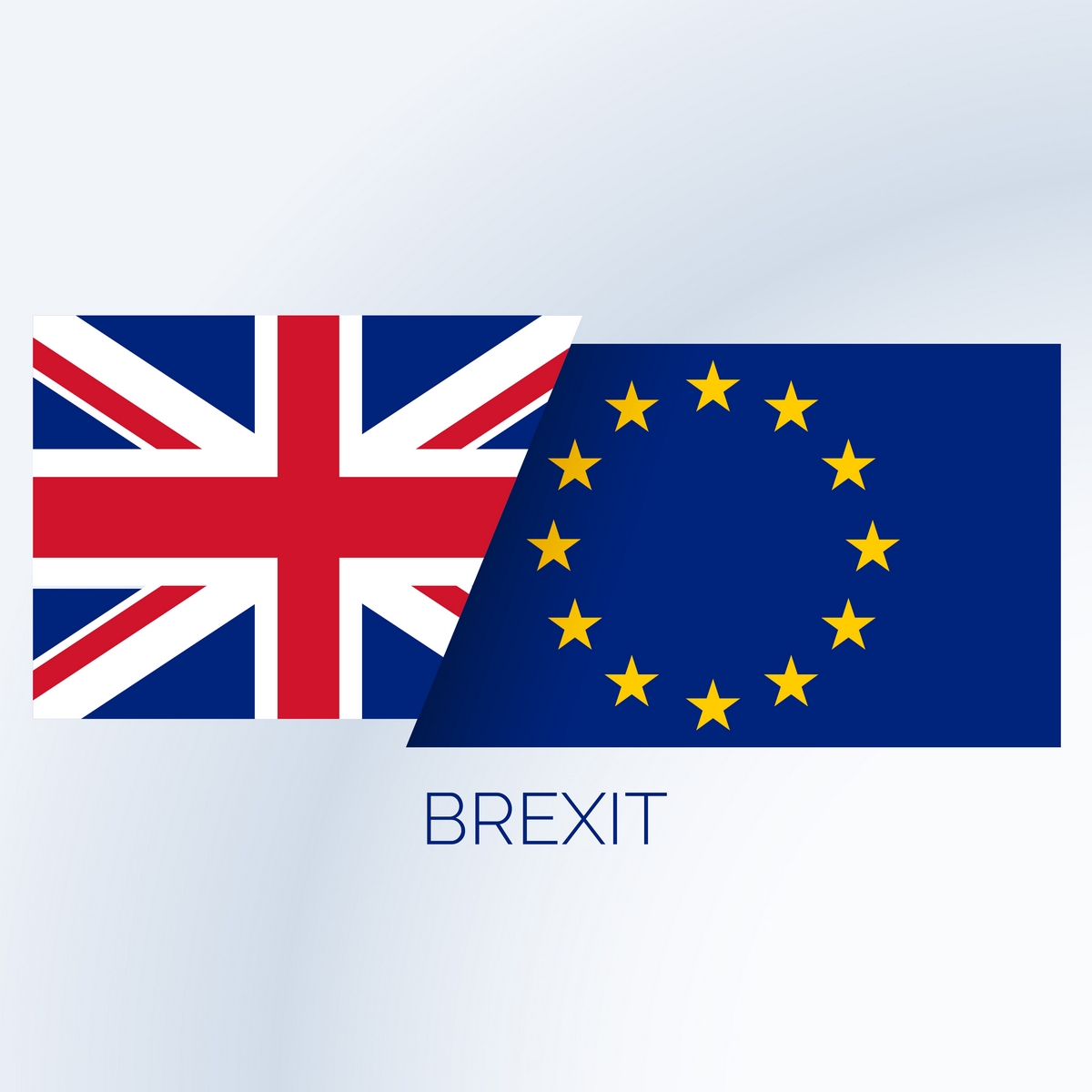
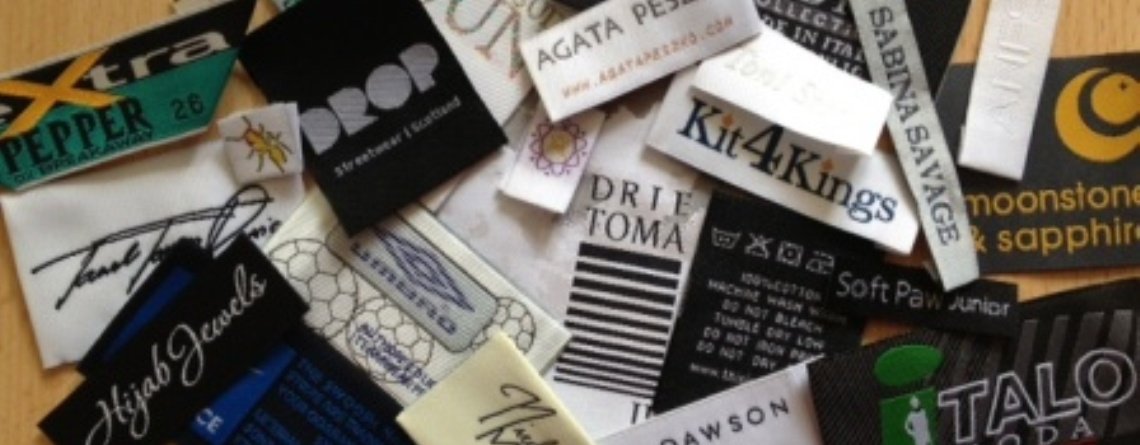
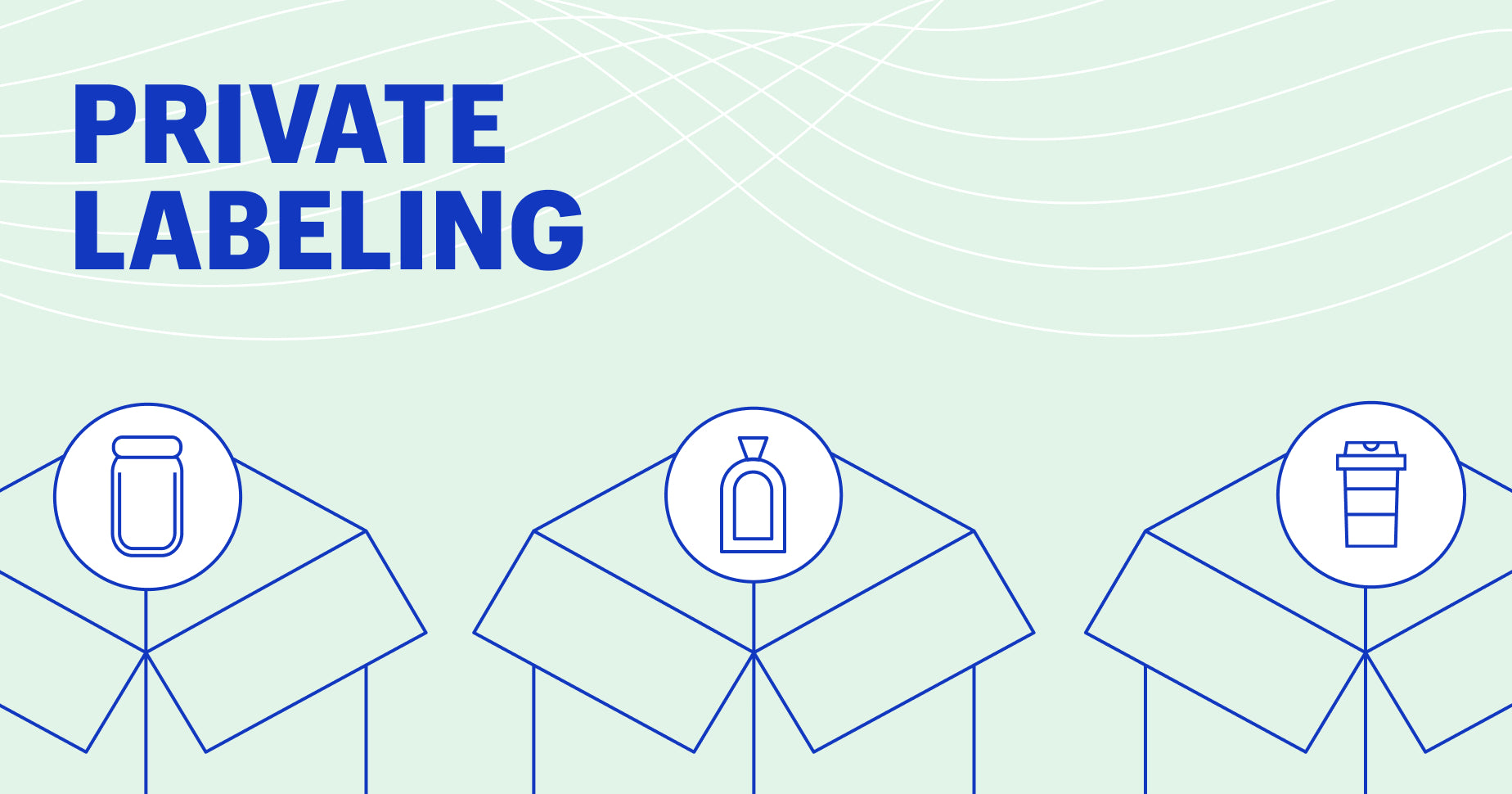


![How to Find Clothing Manufacturers for Your Business [Guide]](https://www.oberlo.com/media/1603897028-how-to-find-clothing-manufacturers-for-your-business.jpg?fit=max&fm=jpg&w=1824)
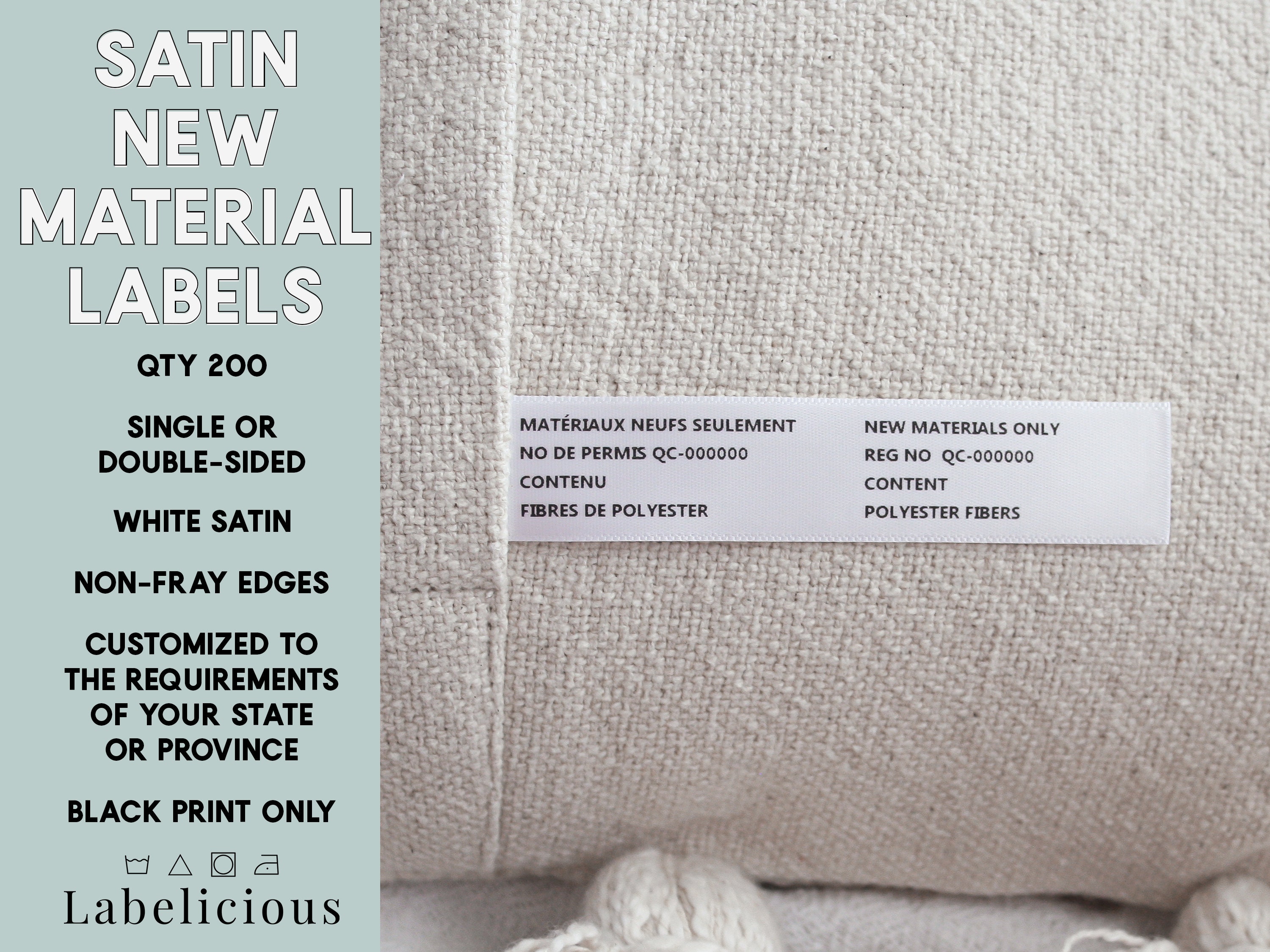
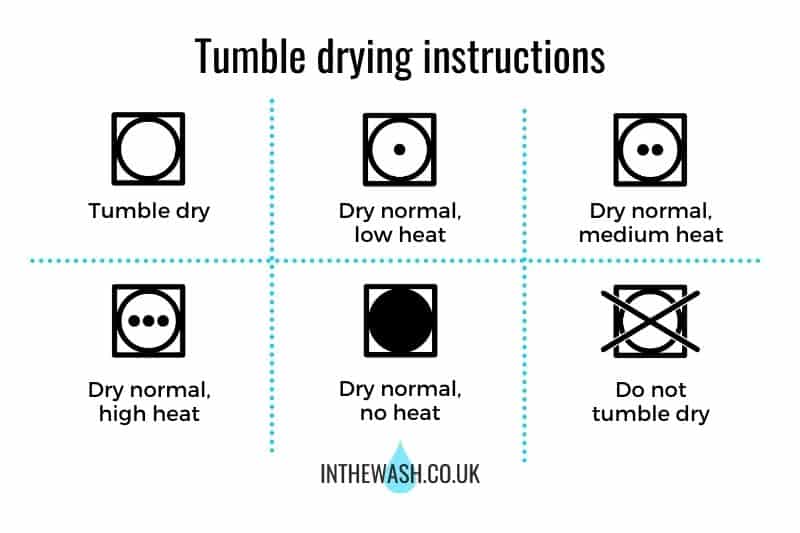







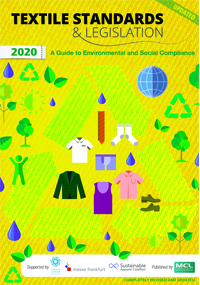
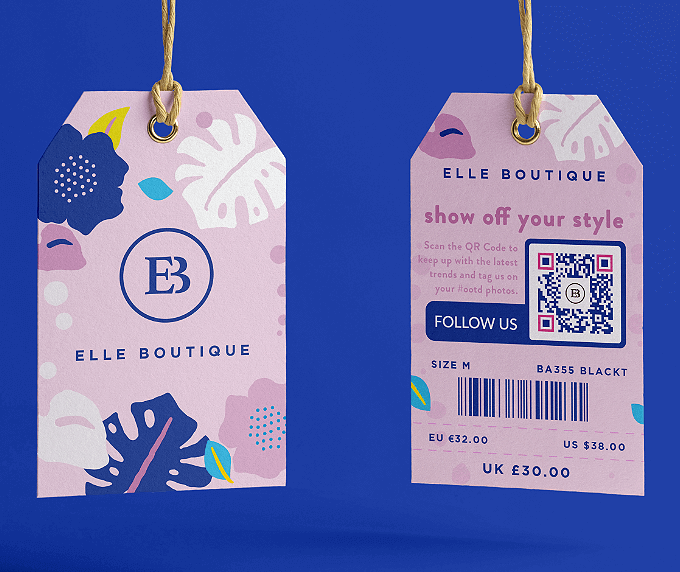
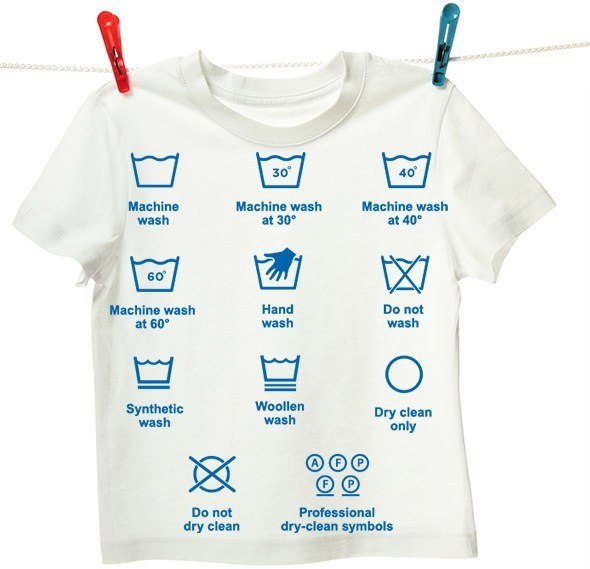



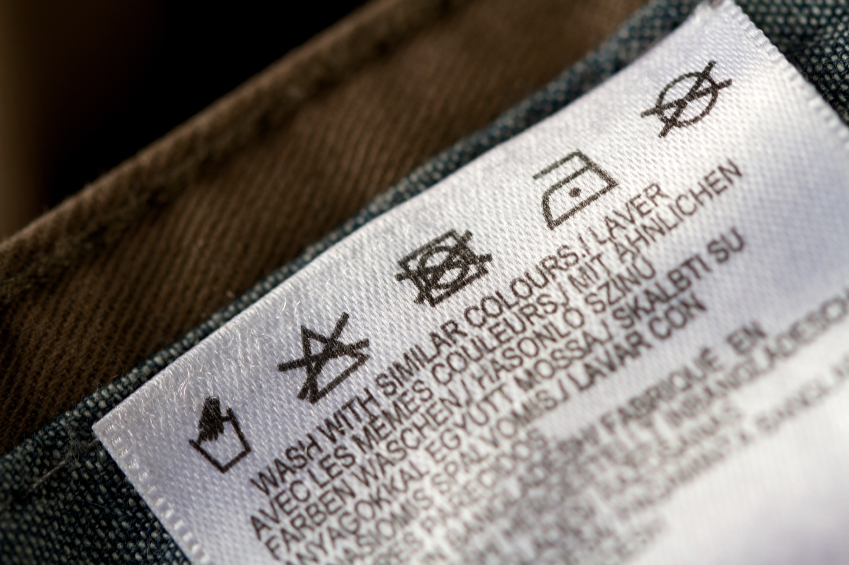
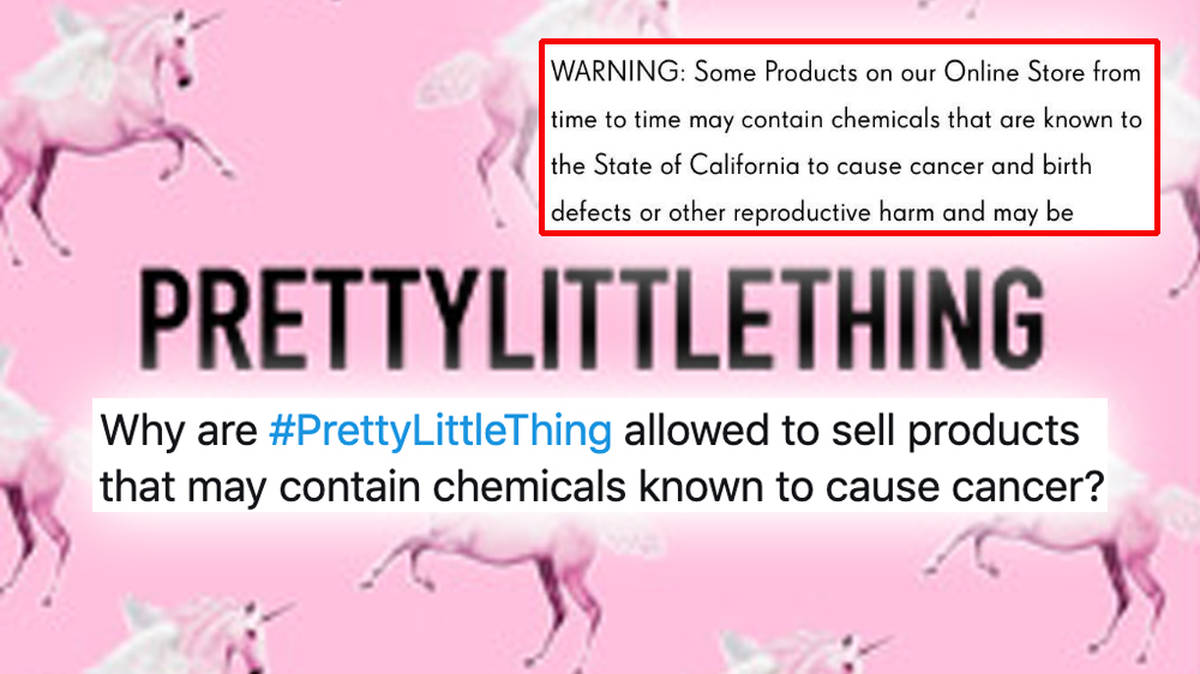



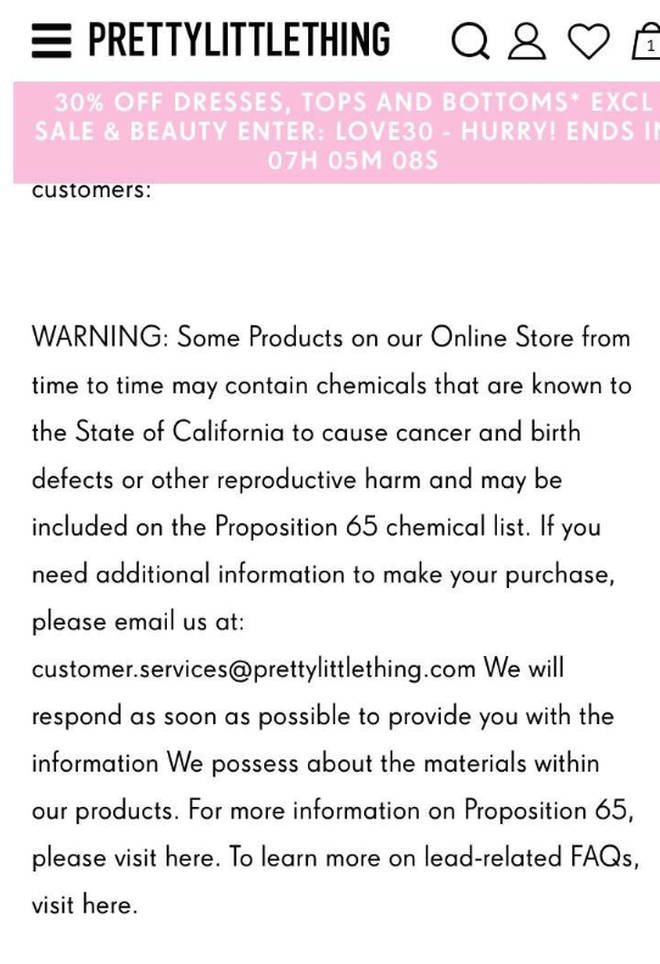
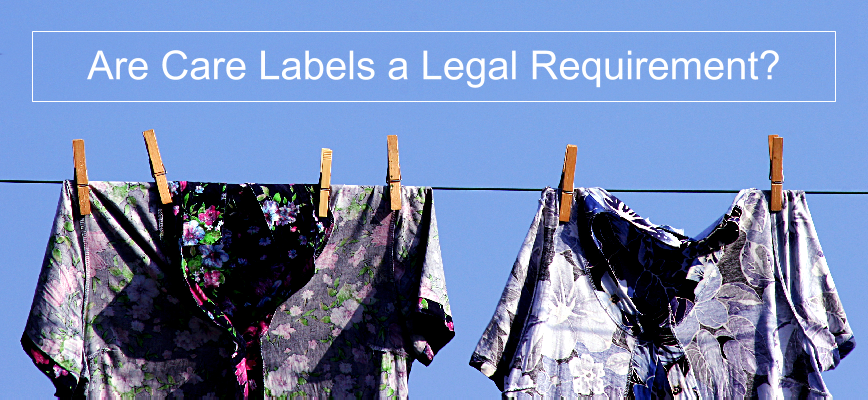
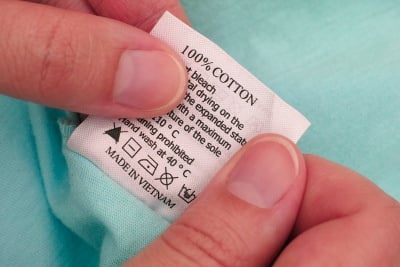

Post a Comment for "43 legal requirements for clothing labels uk"